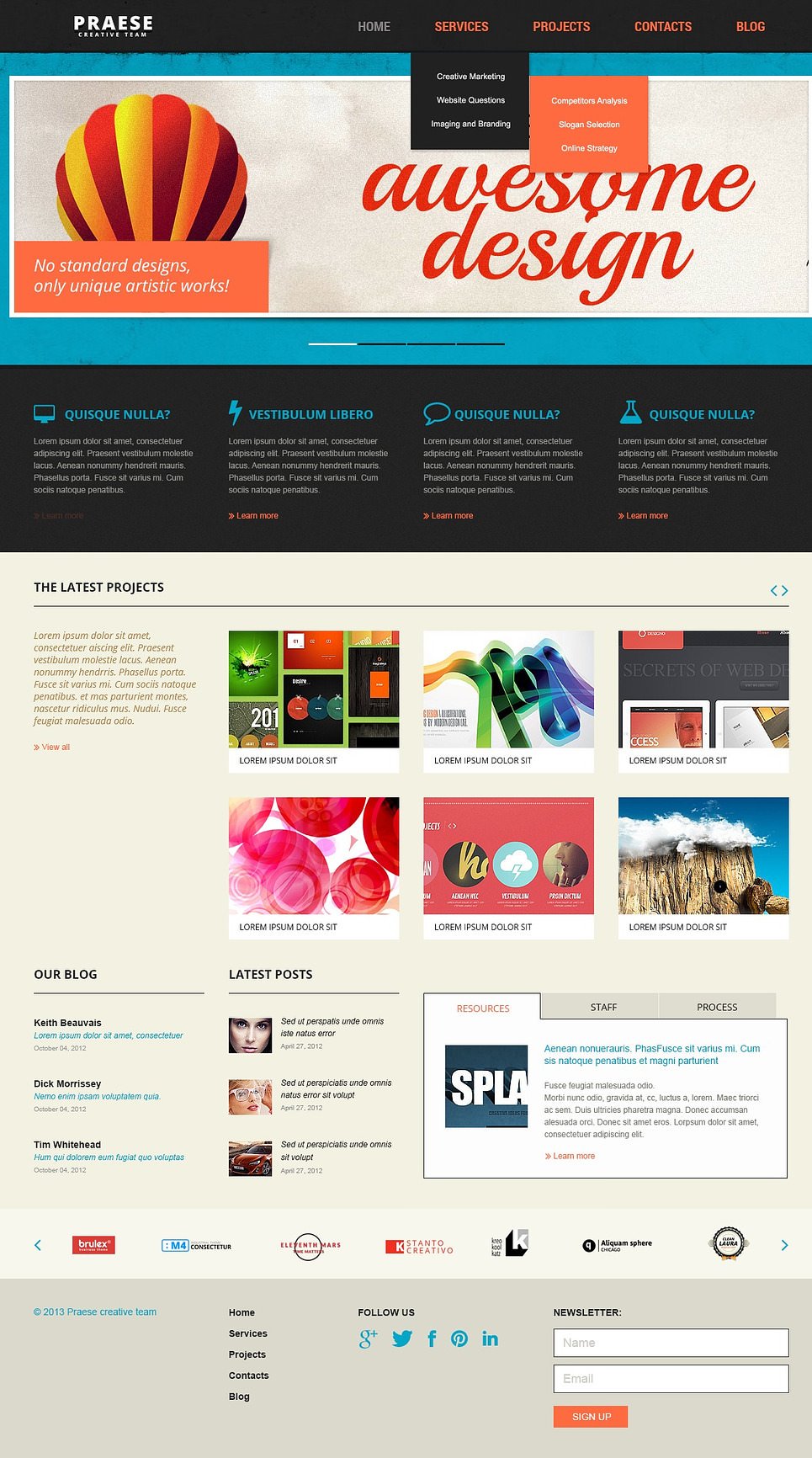In today’s digital age, where first impressions are everything, a website’s design has become paramount in captivating and engaging visitors. Web design has evolved into a complex art form, requiring meticulous attention to detail and an understanding of user behavior. It goes beyond mere aesthetics, encompassing elements such as functionality, responsiveness, and intuitive navigation. Creating a seamless web design is a delicate balance of combining technical prowess with a sense of style, ultimately resulting in an immersive digital experience that leaves users delighted and eager to explore further.
The key to achieving a seamless web design lies in mastering the art of digital delight. It begins with empathizing with the user and understanding their needs and expectations. In a world where attention spans are shorter than ever, it is crucial to capture and maintain the user’s attention from the moment they land on a website. This requires implementing intuitive user interfaces and engaging visuals that effortlessly guide them through their digital journey. By seamlessly blending the technical aspects with creative flair, a web designer can strike the perfect harmony between form and function, resulting in an aesthetically pleasing and user-friendly experience.
In this article, we will delve into the secrets behind a seamless web design, exploring the essential principles and techniques used by top web designers. We will uncover the secrets of creating visually striking layouts, choosing the right color palettes, and placing emphasis on typography. Additionally, we will uncover the importance of responsive design, ensuring that a website adapts flawlessly to various screen sizes and devices. Join us as we embark on a journey to unlock the art of digital delight and transform your web design skills into something truly extraordinary.
The Importance of User Experience
Creating a seamless web design is not only about aesthetically pleasing visuals, but it is also crucial to focus on providing a remarkable user experience. User experience (UX) plays a pivotal role in determining the success of a website. It encompasses how users feel and interact with a website, ultimately influencing their satisfaction and whether they will return for future visits.
A well-executed web design takes into consideration the needs and expectations of the target audience. By understanding the user’s goals, preferences, and behaviors, designers can craft an intuitive and user-friendly interface. The layout, navigation, and content placement are carefully arranged to guide users effortlessly through the website, making it easier for them to find what they are looking for without any confusion or frustration.
Moreover, a positive user experience leads to increased engagement and longer visit durations. When users find a website that is visually appealing, functional, and provides a delightful experience, they are more likely to spend more time exploring its content. This prolonged engagement can result in higher conversions, whether it be making a purchase, subscribing to a newsletter, or filling out a contact form.
In today’s digital era, competition is fierce, and users have become more demanding. If a website fails to meet their expectations in terms of usability, loading speed, or responsiveness, they will simply move on to a competitor’s site. That is why user experience should be prioritized during the web design process. By empathizing with users’ needs and striving for digital delight, a seamless web design can foster trust, loyalty, and ultimately drive business growth.
Key Elements of Seamless Web Design
In order to create a seamless web design, there are several key elements that need to be carefully addressed.
Firstly, the layout of the website plays a crucial role in ensuring a seamless user experience. A well-structured layout helps users easily navigate through the website and find what they are looking for without any confusion. Utilizing whitespace effectively and maintaining consistency in the placement of elements contributes to a clean and organized design.
Secondly, the choice of colors and typography greatly impacts the overall aesthetics of a website. Harmonious color palettes and legible fonts create a visually appealing experience for the users. Consistency in the use of colors and fonts across different pages of the website helps to maintain a cohesive design and makes the content easily readable and accessible.
Lastly, the functionality and responsiveness of the website are of utmost importance. Implementing intuitive navigation, smooth transitions, and interactive elements not only enhances the user experience but also promotes engagement. Ensuring that the website is optimized for different devices and screen sizes allows users to seamlessly access the website from any platform.
By considering these key elements, web designers can master the art of seamless web design and create delightful digital experiences for users.
Best Practices for Achieving Digital Delight
Creating a visually appealing and user-friendly website is crucial for capturing and retaining the attention of online visitors. To ensure digital delight, web designers need to keep in mind a few best practices:
Intuitive Navigation: The ease with which users can navigate through a website can greatly impact their overall experience. Implementing clear and intuitive navigation menus and buttons helps visitors find what they are looking for quickly and effortlessly. A well-structured navigation system enhances the user’s journey, guiding them seamlessly through the website.
Responsive Design: With the increasing use of mobile devices, it is essential to design websites that adapt seamlessly to different screen sizes. Responsive design allows the content to automatically adjust to fit various devices, enhancing the user experience and ensuring that the website maintains its visual appeal across all platforms.
Dutch BarnsOptimized Loading Speed: In today’s fast-paced digital world, nobody likes waiting for a website to load. Optimizing the loading speed of a website is crucial to prevent visitors from abandoning the site out of frustration. Compressing images, minimizing unnecessary code, and utilizing caching techniques are some ways to improve loading speed and provide users with a seamless browsing experience.

By following these best practices, web designers can create websites that not only catch the eye but also provide a delightful and user-friendly experience for visitors.
